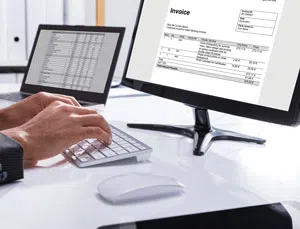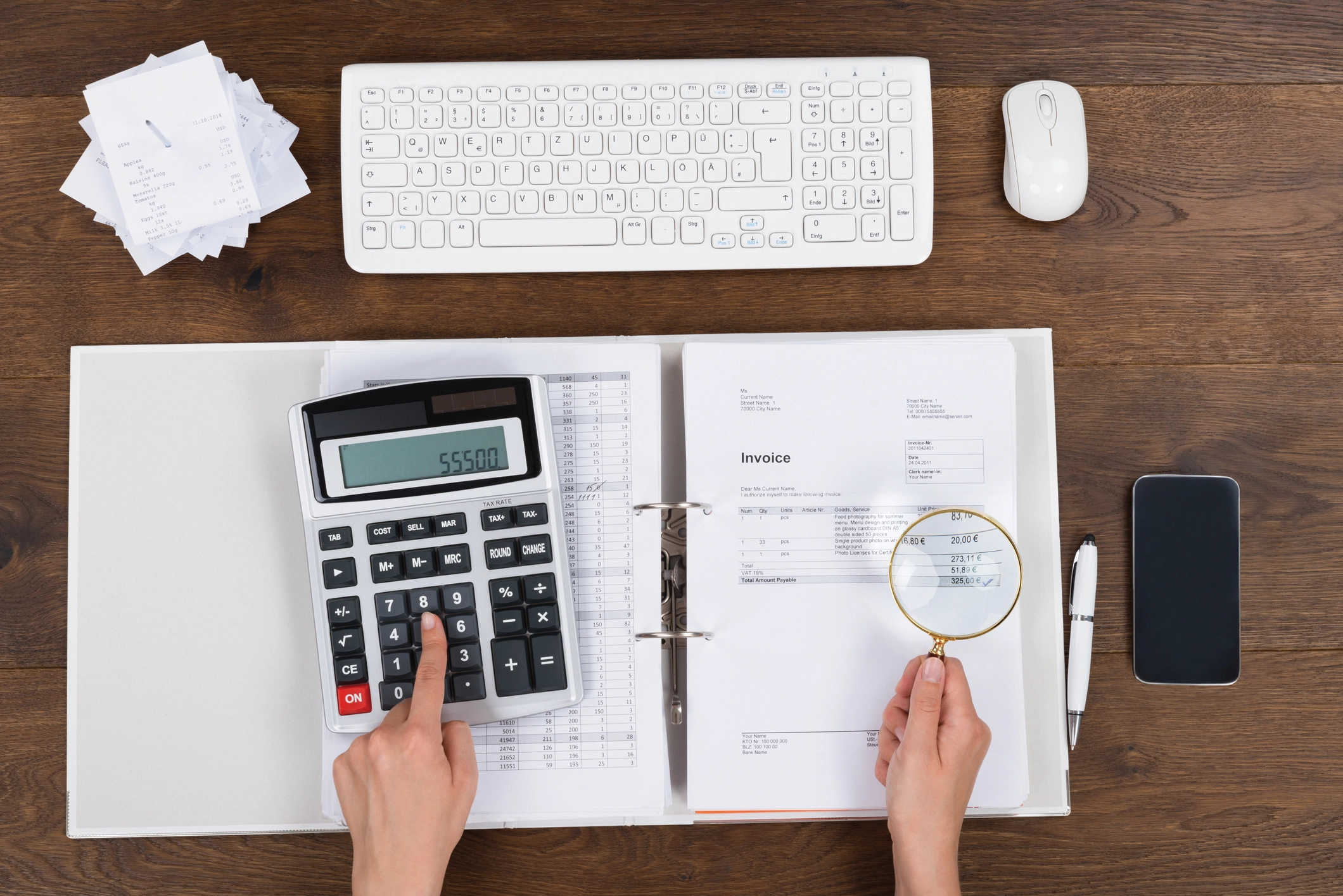You’re confused about your profit and loss statement. The bottom line showed a profit month after month, yet you’re having problems paying your bills. In busier months, the profit and loss statement shows a loss. This doesn’t make sense to you.
And, this year your CPA called you at tax time and said you owed the IRS a huge tax bill? Your P&L say your company was profitable, but where’s the cash?
Here’s the answer: Profits are just that —profits. It means your revenues were greater than your expenses. A loss is where expenses are greater than revenue. Neither means you have cash. Profits are a P&L item; cash is a balance sheet item. The two are very different.
Before I give a detailed explanation on how the cash comes into the business from a financial reporting perspective, make sure your company is operating on an accrual basis rather than a cash basis (see below for the explanation).
So, how does the company get cash from profits? Here is the detailed explanation: a revenue/sale (P&L) turns into an accounts receivable (balance sheet) when the company bills for the work performed. Then the company must collect for the work (balance sheet).
If the company operates on a COD basis, accounts receivable instantly turns into cash (balance sheet). When the company gets its vendor invoices, they are entered as an expense (P&L) and this creates an accounts payable (balance sheet). Then the company pays its accounts payable (balance sheet) and hopefully there is cash left (balance sheet).
Most contractors experience months where their company showed a loss yet there is still cash in the bank. The opposite is also true: There are times where their company shows a profit and they are having problems scraping enough cash together to pay payroll.
Warning: Even though the company’s P&L shows a profit month after month, it can grow out of business. This happens when the company runs out of cash and doesn’t have a line of credit or maintenance agreement savings to cover temporary cash shortages.
Here are five ways profitable companies go broke:
1. Doing profitable work and collecting for it months later or never collecting for it … after the company paid employees and suppliers.
2. Not having timely, accurate financial statements so owners can make sure service, replacement and new construction jobs are sold at a profitable price.
3. Using the cash method instead of the accrual method of accounting. Cash method means a company records a sale when the check comes in the door for that sale. The company records an expense when the check is sent for payment of that expense. There are no accounts receivable or accounts payable. Accrual method means a company records a sale when your company sends the customer a bill even if the customer has not paid yet.
The company records an expense when the invoice is received from a vendor, even if the bill has not been paid. There are accounts receivable and accounts payable.
Cash method of accounting almost always shows a profit, whether or not service work or replacement jobs are profitable since companies generally don’t pay bills until they have cash to pay them.
Or, in really busy months the P&L shows a loss because cash is plentiful to pay the invoices that have been piling up.
4. Performing profitable work and the client files bankruptcy during the middle of a project leaving your company with hundreds of thousands of dollars in receivables that are uncollectable.
5. Purchasing too much inventory, giving employees total access to the warehouse and allowing them to keep too much on their trucks. The company is betting its hard earned cash that it can sell what it’s bought.
Here’s a growth rule of thumb: A company needs 10 percent of its projected growth in cash to fund the growth. If the plan is to grow by $250,000 in a year, $25,000 in cash is needed to fund growth. The cash is used for increased inventory, increased accounts receivable (if the company is not a COD company), increased overhead expenses and potentially a vehicle or other fixed asset purchase.
Profits don’t pay the bills, however, profitable jobs are necessary to pay the bills. Collect for profitable work quickly, pay the bills associated with that job and stay solvent.






